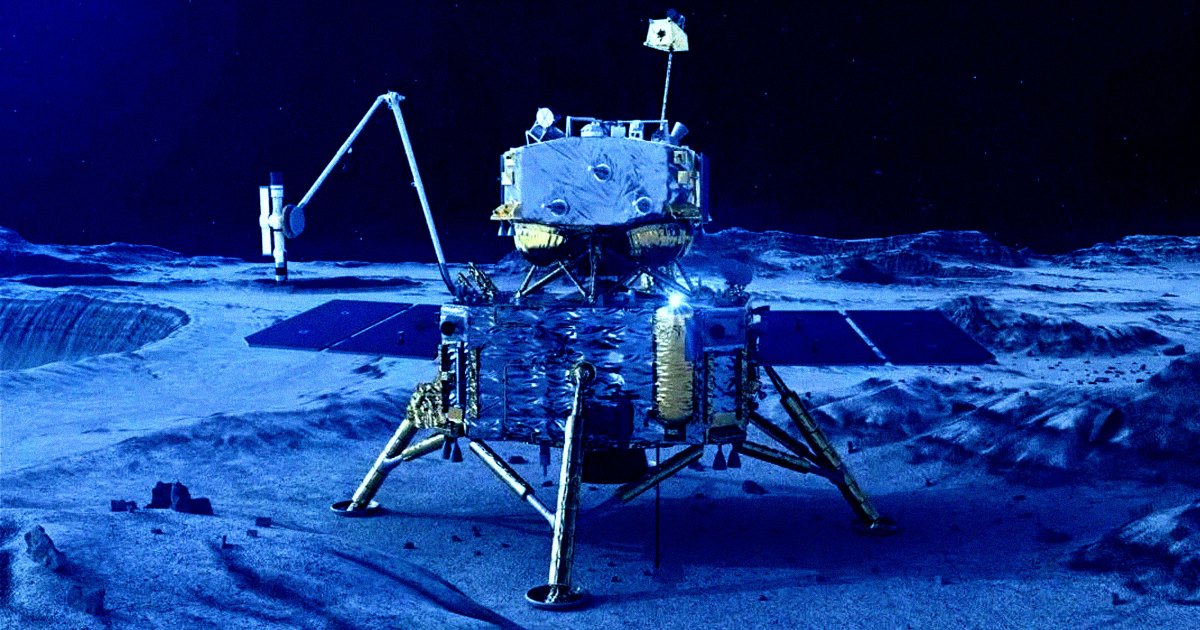
"Thanks to their porous nature, they can easily break up if they smash into another object or a planet's atmosphere. According to a press release about the discovery by the Chinese Academy of Sciences, less than one percent of meteorites on Earth are CI chondrites. Even an impact with the Moon could vaporize or melt it, making the latest finding particularly tantalizing."
""Given the rarity of CI chondrites in Earth's meteorite collection, our integrated methodology for identifying exogenous materials in lunar and potentially other returned samples offers a valuable tool for reassessing chondrite proportions in the inner solar system," the international team of researchers wrote in a new paper published in the journal PNAS. The samples brought back by the Chang'e-6 mission originated from inside the South Pole-Aitken Basin, where it landed, one of the largest known impact craters in the solar system."
Chang'e-6 returned lunar samples from inside the South Pole-Aitken Basin on the Moon's far side. Analysis found fragments of carbonaceous (CI) chondrite, marking the first detection of CI material on the Moon. CI chondrites contain hydrated minerals and can make up to 20% of those asteroids' mass but are rare among recovered meteorites. Advanced microscopy and spectrometry revealed unusual isotopic ratios in olivine consistent with a CI chondrite that melted on impact and cooled into a preserved puddle. The survival of CI fragments implies volatile-rich, porous asteroids can deliver hydrated material to the lunar surface despite typically fracturing or vaporizing on impact.
Read at Futurism
Unable to calculate read time
Collection
[
|
...
]